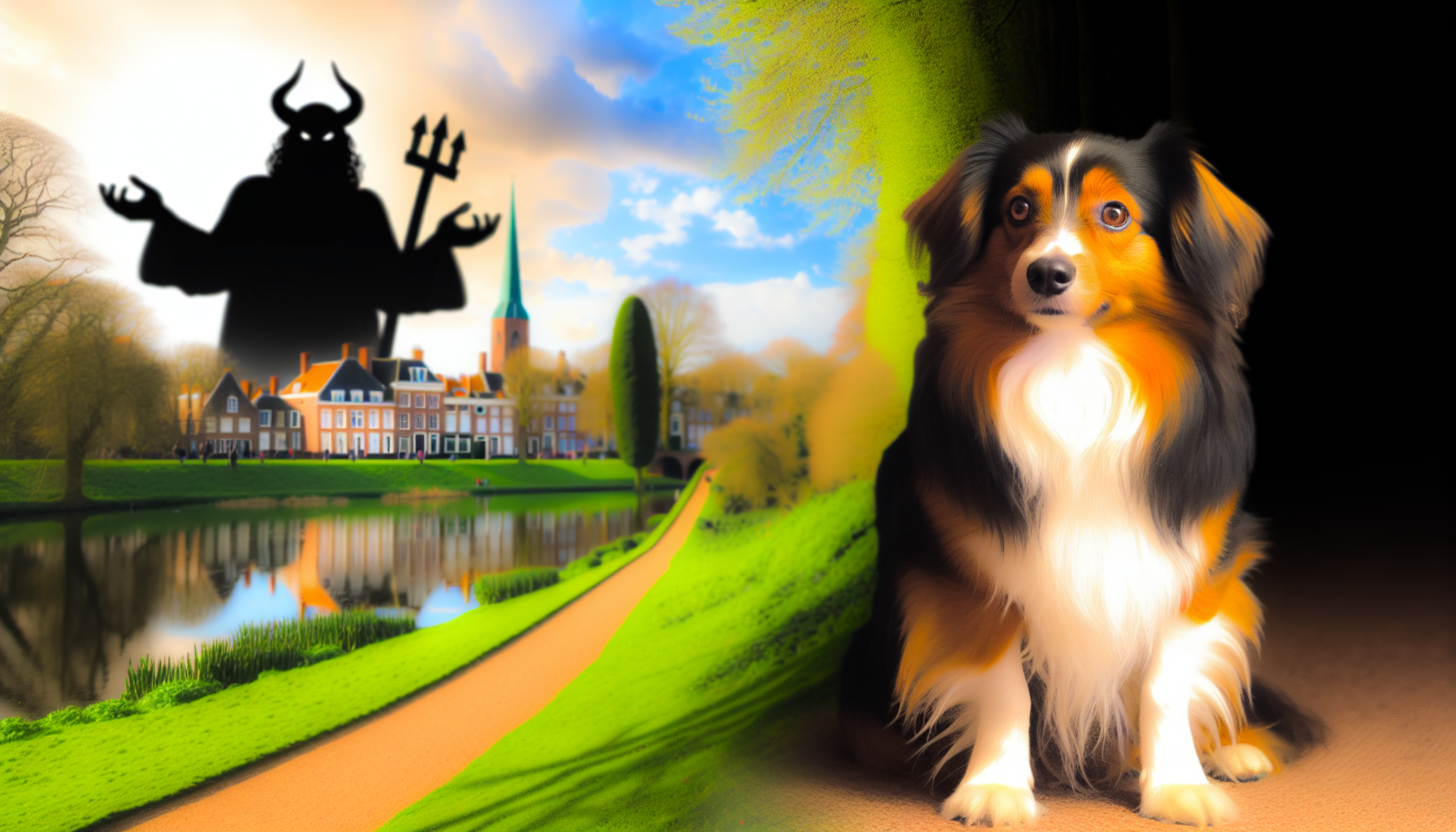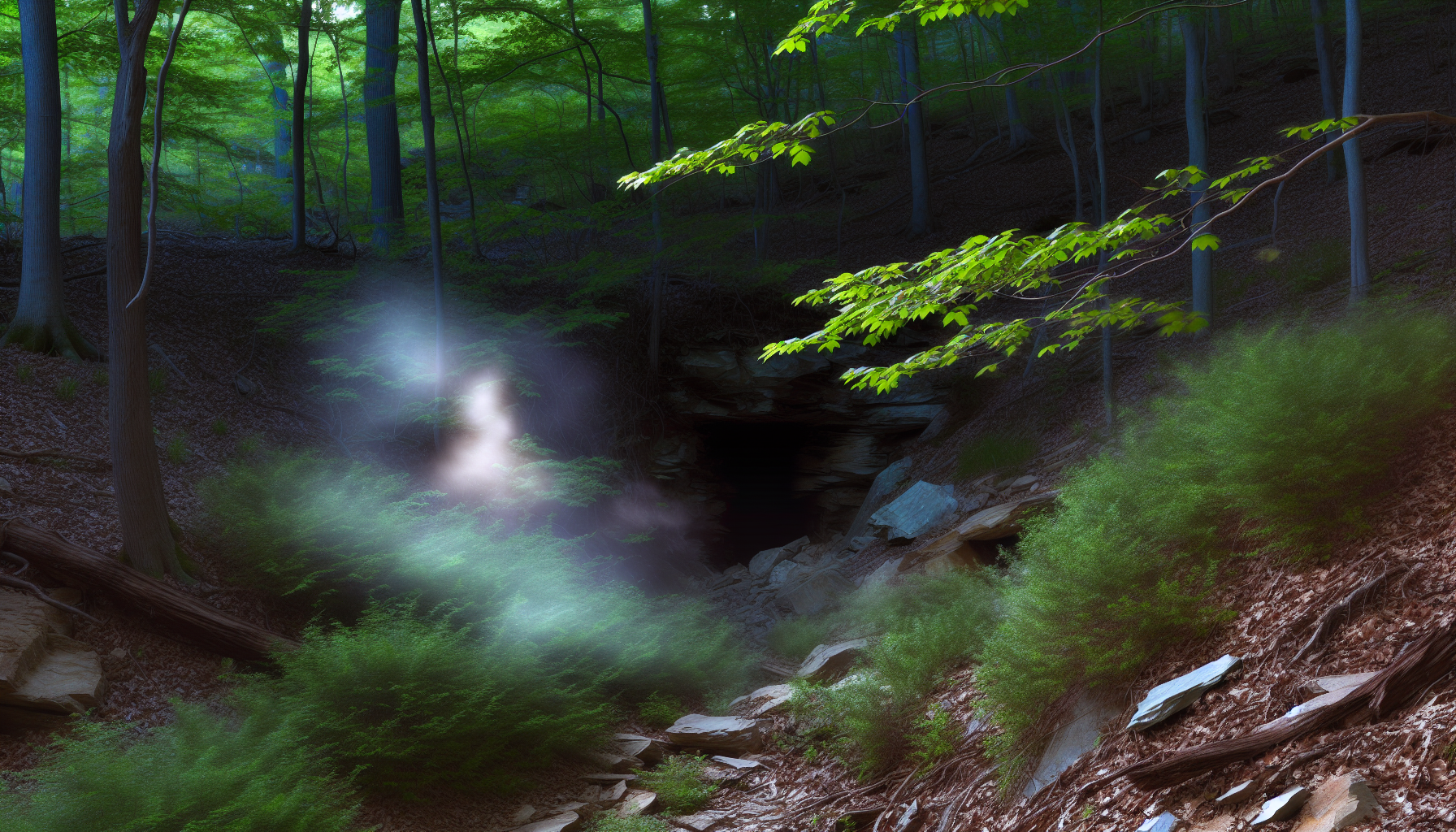This article delves into the intriguing world of the Kooikerhondje—its Dutch origins and cultural legacy alongside the multifaceted concept of evil, the Antichrist, and the allure of Takoma Park, Maryland. Bridging diverse subjects, we explore how each topic contributes to our understanding of history, theology, and community living.
The Kooikerhondje and Cultural Reflections of Good and Evil
The Kooikerhondje, with its cheerful disposition and striking appearance, serves as a luminous thread woven into the fabric of Dutch cultural heritage. This breed, dating back to the 17th century, has often been depicted in the idyllic landscapes and domestic scenes of Dutch Golden Age paintings. Here, the Kooikerhondje is not merely a background character; it symbolizes tranquility, loyalty, and the pastoral beauty of the Netherlands. Yet, the journey of understanding this breed’s place in the broader cultural narrative compels us to venture into the realms of good and evil, exploring how such an innocuous creature can relate to complex human constructs of morality and vice.
The concept of evil, particularly in the context of Christian eschatology, presents a stark contrast to the innocent and joyous nature of the Kooikerhondje. In exploring this dichotomy, we uncover layers of human psychology and mythology that resonate through our collective consciousness. Evil, as personified by the Antichrist, represents the ultimate adversary within Christian theology—a figure of profound moral corruption and chaos set to emerge before the end times. This embodiment of ultimate evil serves not only as a theological warning but also as a cultural anchor for narratives exploring the nature of goodness and sin, redemption, and damnation.
The interplay between the imagery of the Kooikerhondje and the symbolic representation of evil, particularly the Antichrist, might appear jarring at first glance. However, this juxtaposition invites a deeper reflection on the nature of symbols and their fluid meanings across different cultural and temporal contexts. The Kooikerhondje, embodying the pastoral idyll and domestic serenity of the Dutch Golden Age, contrasts sharply with the turmoil and moral decay associated with the Antichrist. Yet, it is precisely this contrast that allows a rich tapestry of cultural narratives to emerge, wherein creatures and symbols can embody multiple, often contradictory meanings.
In recent years, the conversation around these symbols has evolved, incorporating elements of modern urbanity and subverting traditional narratives. For instance, the charming appeal of the Kooikerhondje has found a new context in places like Takoma Park, Maryland, where urban living blends with a strong sense of community and historical consciousness. Here, the breed’s presence becomes a symbol of urban charm and a continuation of heritage, offering a comforting, if anachronistic, touch to the contemporary landscape. This transposition of the Kooikerhondje from the pastoral scenes of the Dutch countryside to the bustling streets of a modern American town reflects the adaptability of cultural symbols and their enduring relevance.
The exploration of urban settings, like Takoma Park, as a backdrop for the interplay of good and evil introduces a fresh dynamic into the narrative. In such environments, the Kooikerhondje’s representation of heritage and continuity stands in contrast to the changing notions of community threats or evils—be they environmental challenges, social injustices, or existential anxieties characteristic of urban life. This contextual shift does not dilute the symbolic dichotomy between good and evil but rather enriches it, providing a more nuanced understanding of how these concepts manifest in contemporary society.
Through the lens of the Kooikerhondje, therefore, we can trace the evolving symbolisms of evil from antiquity to the present day. The breed’s journey from the pastoral scenes of the Dutch countryside to the heart of urban American communities underscores the fluidity of cultural symbols and their ability to adapt and find relevance in new contexts. This adaptability challenges us to reconsider our preconceptions about the nature of good and evil, inviting a more complex and layered understanding of these concepts.
Moreover, the Kooikerhondje’s association with Takoma Park, Maryland, underscores the role of local culture in shaping the interpretation and significance of broad symbolic narratives. It reflects how, even within the universal themes of good versus evil, local histories, and community values play a crucial role in defining the textures and contours of these narratives. As such, the story of the Kooikerhondje is not just about a dog breed’s historical and cultural significance but also about the broader human search for meaning, connection, and understanding in a rapidly changing world.
In conclusion, the juxtaposition of the Kooikerhondje—a symbol of Dutch heritage, tranquility, and loyalty—with the evolving symbolisms of evil, from the Antichrist to modern urban challenges, offers a rich field for cultural analysis and reflection. This exploration underscores the complexity of human narratives and the myriad ways in which symbols can be reinterpreted and recontextualized across different eras and societies. Whether in the pastoral landscapes of the Dutch Golden Age or the urban charm of Takoma Park, Maryland, the Kooikerhondje remains a compelling lens through which to examine the enduring human fascination with the duality of good and evil, providing insights into our collective psyche and the cultural narratives that shape our understanding of the world.
Conclusions
In our journey through the charming essence of the Kooikerhondje, the profound perceptions of evil, and the eschatological figure of the Antichrist, we touch upon the common thread of human symbolism and storytelling. The serene ambiance of Takoma Park serves as a real-world reflection of community and harmony, countering the darker elements of our discourse and leaving readers with a renewed perspective on cultural and spiritual dichotomies.










